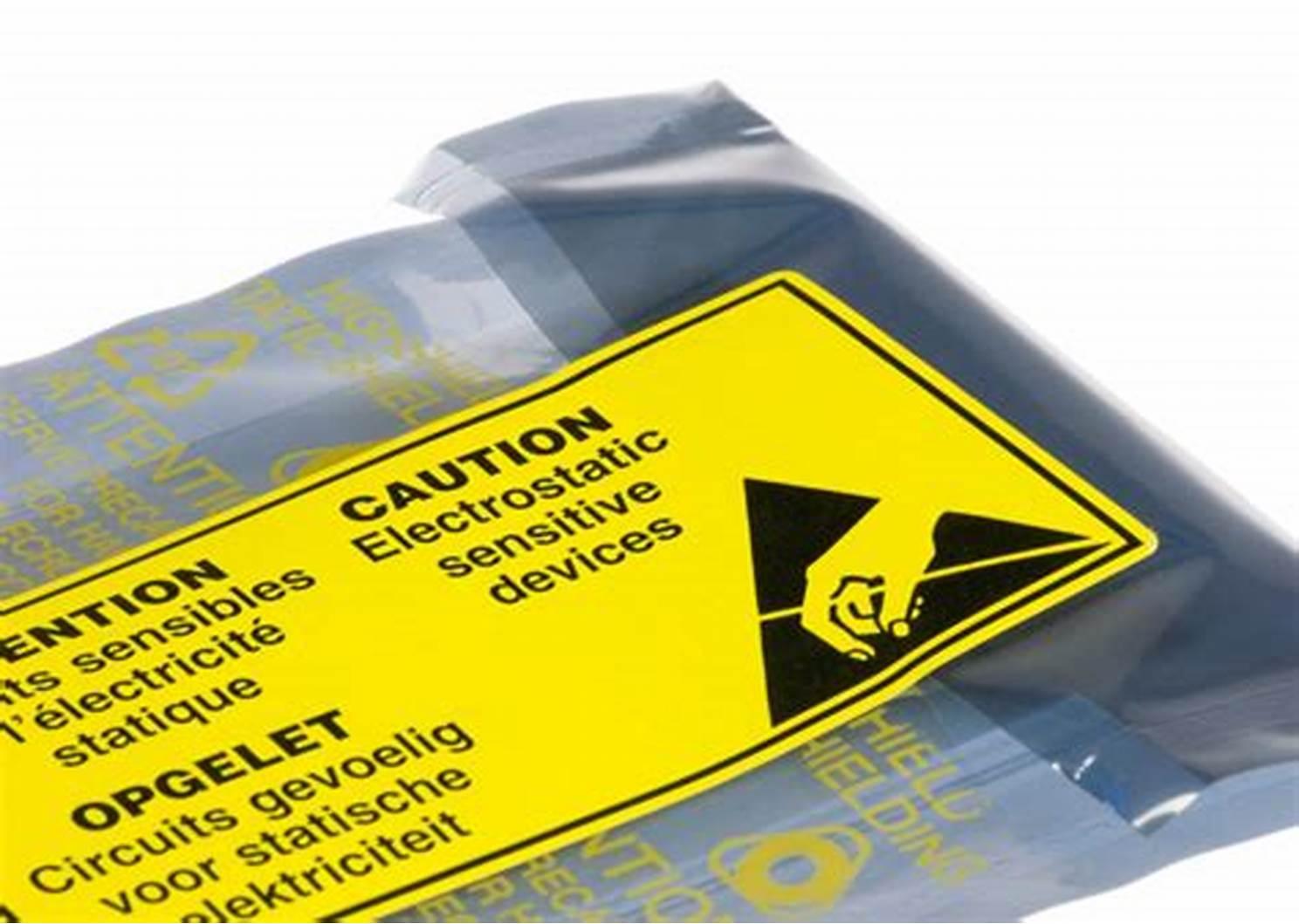These terms are thrown around a lot in the ESD world, but often there can be confusion regarding their differences, particularly the term Anti-static. Read on as we distinguish each term and learn what equipment is used to measure them.
Conductive Materials or Conductors
Materials that easily transfer electrons (or charge) across their surface or through their volume are called conductors and are said to have “free” electrons. ESD ADV1.0 defines these as “a material that has a surface resistance of less than 1.0 × 104 ohms or volume resistance of less than 1.0 × 104 ohms”. Some examples of conductors are metals, carbon, and the human body’s sweat layer. Grounding works effectively to remove electrostatic charges from conductors to ground. However, the item grounded must be conductive.
Highly conductive materials have their limitations due to the speed at which the electrons transfer. If an ESD Sensitive device meets a highly conductive surface whilst exposed to an electrostatic field, a Charge Device Model (CDM) ESD Event may occur. This leads us to dissipative materials, which many companies will use instead of conductive, due to CDM concerns.
Conductors can be groundedWhen a conductor is charged, the ability to transfer electrons gives it the ability to be grounded.
Dissipative or Static Dissipative
The other term often used in ESD control is dissipative which is 1 x 104 4 to less than 1 x 1011 ohms and is sufficiently conductive to remove electrostatic charges when grounded. Electrons can flow across or through, but it is controlled by the surface resistance or volume resistance of the material.
Conductive, dissipative, and insulative materials are all capable of tribocharging, however, only conductive and dissipative materials will allow the transfer of charge to ground or other conductors.
Insulative Materials or Insulators Materials that do not easily transfer electrons are called insulators and by definition are non-conductors. Some well-known insulators are common plastics and glass. An insulator will hold the charge, it cannot be grounded and “conduct” the charge away.
Insulators like this plastic cup
Insulators like this plastic cup will hold the charge and cannot be grounded and “conduct” the charge away.
Insulators can only be controlled by doing the following within the ESD Protected Area (EPA):
Always keep insulators a minimum of 30cm from ESD Sensitive (ESDS) items or
Replace regular insulative items with an ESD protective version or
Periodically apply a coat of topical Antistat.
IEC 61340-5-1:2016, Section 5.3.4.2 Insulators “All non-essential insulators and items (plastics and paper), such as coffee cups, food wrappers and personal items shall be removed from the workstation or any operation where unprotected ESDS are handled.”
“Process essential” Insulators
When none of the above is possible, the insulator is termed “process essential” and therefore neutralisation using an ioniser should become a necessary part of the ESD control program.
Examples of some common process essential insulators are:
PC board substrate,
insulative test fixtures and
product plastic housings.
Figure 3: Resistance Classifications from ANSI/ESD S541
Figure 3: Resistance Classifications from ANSI/ESD S541 [Source]
Antistatic or Anti-static
An ESD control property properly referred to as “low charging”
IEC TR 61340-5-2:2018, Section 5.3.4.2.5 Low charging “Low charging materials per se do not exist but are said to be those that resist triboelectric charge generation caused by the material contacting and separating from itself or from other materials. However the charging is strongly dependent on the material combination and its surface structure properties. Low charging behaviour is not necessarily predicted by surface or volume resistance measurements. Low charging materials are not necessarily dissipative (although many are). Low charging is not specified in IEC 61340-5-1 nor in IEC 61340-5-3 at his time, because the measurement is strongly dependent on the application. However, it can be an important consideration for packaging material selection. Users of packaging materialsare encouraged to determine the extent that the packaging materials that are selected will charge in the end use environment.”
How to measure and find out the material type
To measure the surface resistance of a material to find out if it is in the conductive, dissipative or insulative range, you will need a Surface Resistance Meter such as the 19290.

